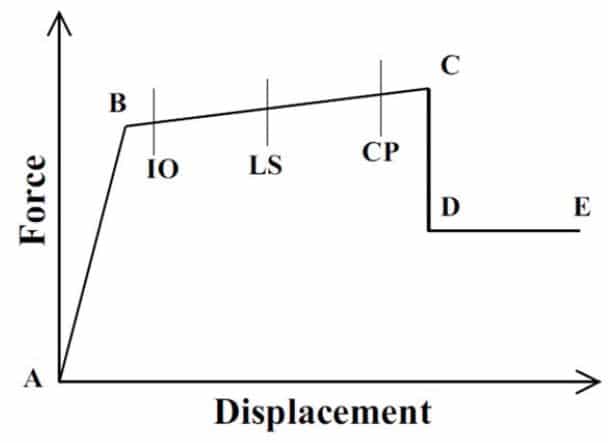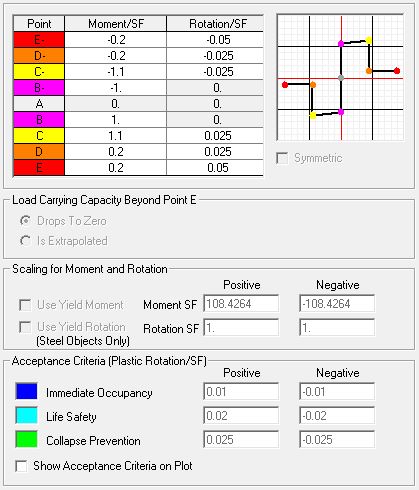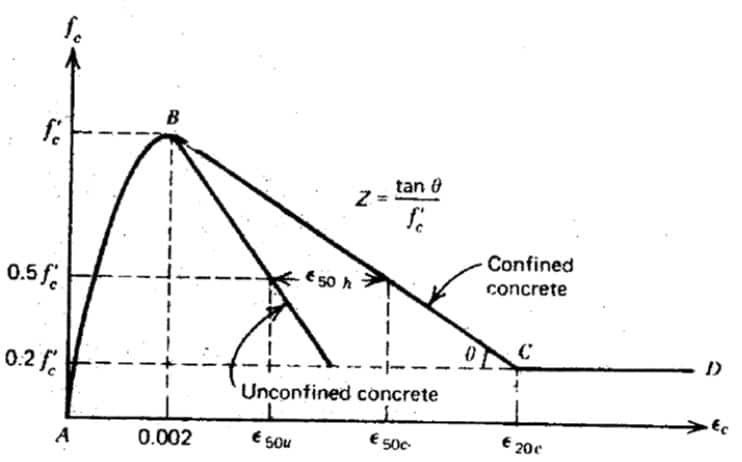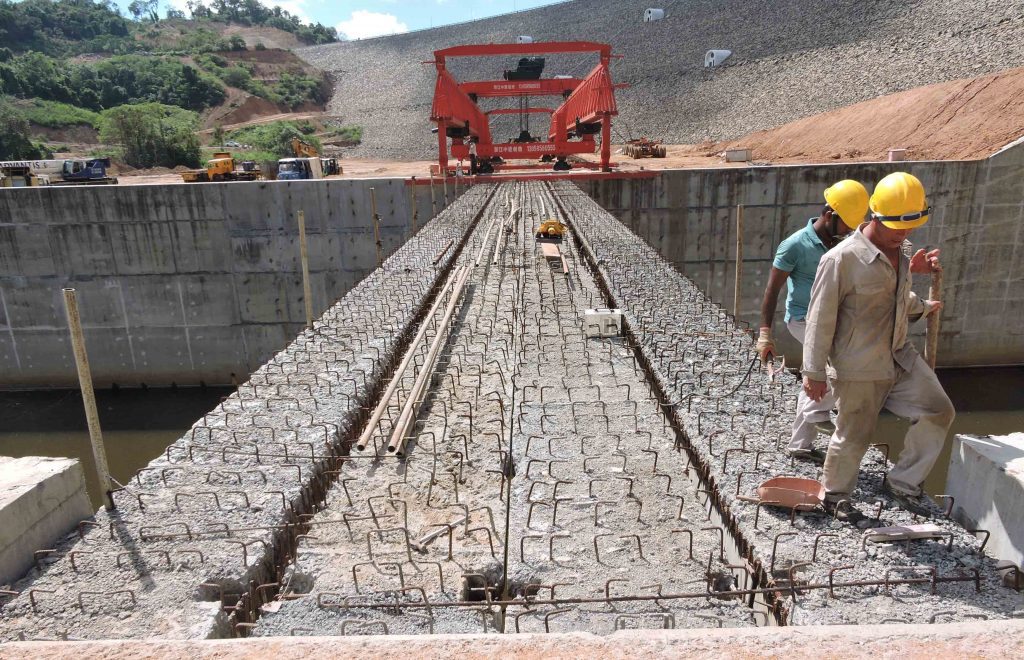Performance Based Design is a process of designing structures for predictable performance for initially considered loads. This approach is used to design a new building or to evaluate an existing structure. In performance based design, structural engineers identify the specific performance of the structures in consultation with the owner initially and then proceed with the design or evaluation of the existing structure.
Performance based design is widely used in connection with the seismic loads. Evaluation of the existing structure or designing structure of against probable earthquake load finalized initially is done. However, in modern design now, performance based design issued in wind designs, earthquake designs, blast analysis and design and progressive collapse analysis.
Further, performance-based design of structures considers the behavior of the nonstructural members also.
Due to the dynamic behavior to be considered in the loads such as winds and blast loads structural engineers have considered these types of design now.
If this concept is further explained, initially we select an occupancy level that the structure to behave of an initially finalized load with the owner. For example, consider a 7.5 magnitude earthquake. Then we consider the relevant load/acceleration values for performance based seismic design. Now we know the inputs and outputs. So we modify the structural stiffness to used these loads and outputs. This can be identified as the performance based seismic design of buildings.
In summary, the following steps can be identified in the performance-based building design of a new building.
- Establish the performance objectives for specific inputs to be considered.
- Proceed with the initial design
- Check whether the desired outcomes are met.
The deformation of the structure is evaluated in terms of a drift of monitoring the behavior of structural and nonstructural elements. limitations of the drift have been specified by the guidelines such as FEMA 273 and FEMA 356.
The applicable limitations have provided not only for vertical elements but also the other elements.
The guidelines given in FEMA 356 can be used to define the performance levels. It can be specified in terms of the latera deflection/ drift of the building or as the formation of the hinges.
The occupancy level has three states defined based on the rotation of the element. They are specifying according to the rotation of the hinge. The following figure extracted from the FEMA 356 indicates the formation of occupancy levels as per the global displacement.

As specified in FEMA 356, there are three occupancy levels.
- Immediate Occupancy
- Lift Safety
- Collapse Prevention
The occupancy levels are defined as discussed previously also based on the deformation of the structure. When the occupancy levels are decided for structural elements, it is done based on the rotation of the hinge.
Though the behavior of the elements is indicated as the above figure, in structural analysis, a more simplified behavior is considered. The displacement force cure indicated in the Sap2000 structural analysis soft manual is indicated as the following figure.

The variation of each occupancy level is indicated in the above figure. Further, the collapse does not mean they fully collapse. There is a certain stiffness in the structural member after the loss of its stiffness suddenly as indicated by the range C-D-E of the above figure.
The behavior of the element is expressed in terms of the rotation of the hinge. The hinge rotation can be indicated in the following figure. It indicates the relative rotation and the levels in which the hinge indicates each occupancy level.
The above figure was extracted from the Sap2000 software.

The rotation of the element or the hinge is defined by the moment-curvature diagram. If we can generate the moment-curvature of a section and can be used to generate the hinge rotation curve. Sap2000 provides the facility. Further, there is more software that provides these facilities.
When the section is created with the section designer in sap2000, it automatically creates the moment-curvature diagram required to generate the hinge. With that, we can define the hinge.
Let’s discuss each occupancy levels.
Occupancy levels are defined to identify the behavior of the structural elements and for knowing their conditions. Occupancy levels represent the condition of the element from the operation level to the failure.

As indicated above, the occupancy levels are an indication of the structural damage level. Further, it can be considered as the safety level of the occupants in the building. The higher the occupancy level, the higher the risk of the people inside the building.
let’s discuss each occupancy level in detail.
Immediate Occupancy Performance Level
- As the name implies, after a sudden event such as an earthquake or a blast, we can immediately occupy the building.
- Structural damage is minor
- No major cracks in the structure and they are minor.
- There are no permanent deformations in the structure.
- Mechanical systems such as lifts, fire detection, and protection systems, etc working properly.
- Electrical systems will also work properly when the structure operates at an immediate occupancy level.
- Increase of the structural strains is not significant from their limiting values. The minor increase could have caused minor cracking.
- Minor injuries to the occupants but no major injuries or life threats
- The steel structures also feel the occupancy level and minor yielding could be expected.
Life Safety Performance Level
- Further deformation of the structural element leads to this occupant level. If we consider the same structure, a higher load than that of applied to reach immediate occupancy levels is required for the structural elements to behave in the life safety occupancy level.
- Major cracks in the structure can observe in this limit state
- The structuer is repairable.
- A considerable cost will be incurred if repaired.
- There could be structural elements that have lost their stiffness due to the craking.
- Nonstructural component could fall down in the staged
- Partitions could damage/cracked due to the effect of the lateral loads.
- Falling nonstructural components and other things could harm the occupants.
- Do death is expected in this occupancy level.
- However, there may be people falling from major injuries.
- There could be permanent deformation of the structural elements.
- There could be considerable damage to building services such as lifts.
- Further, steeling buildings could also feel the loads considerably.
- Condition assessment of the structure and attending to the necessary repairs required to occupy the building.
Collapse Prevention Performance Level
- The structure is not collapsed. We design structures not to collapse in this stage when they reach this limit stage.
- These kinds of damages are cause the structure subjected to very high lateral loads or that are having inadequate stiffness to resist the lateral loads.
- Though the structure has not collapsed, some parts or structural elements could have failed and collapsed.
- Structural damage is major.
- The structure is not repairable and it can not be reused.
- The occupants could have depths. There could be injured. But the life of most of the occupants is safe.
- Buildings are designed to behave in this limit state when they are subjecting to a very high lateral load for evacuating the occupants.
- If the structure is reaching this occupancy level, the structure is about to collapse. Immediate evacuation shall be done to avoid loss of lives further.
- A similar level of damage can be expected in the steel buildings also. However, the nature of the damage could be varied as the material is changing. Usually, the failures of the connection can be expected.
Material Nonlinearity in Performance Based Design
Consideration of the material nonlinearity is one of the main objectives behind designing structures for higher loads that can be identified as unusual. Earthquakes and blast loads are rear events that the structure is facing.
If the structure to let behaving in the linear range for such high loads, very high stiffness is required to resist those loads. It will be a considerable increase in the cost to the ower of the building.
If some more exist why not use?
Beyond the linear rage, there is considerable structural stiffness as discussed previously.
We can let the structure to behave in those rages knowing the structural behavior for such exceptional loads.
If we know the expected load and structural behavior for the same, we can use it effectively and efficiently.
For example, one might need a structure to behave in the life safety limit with the application of known loads. Thus, structural analysis and design are carried out. Necessary stiffness will be provided to lateral load resisting elements.

The above figure indicates the stress-strain diagram of the concrete. As indicated in the figure, stress varies with the strain based on the confinement of the concrete.
If the concrete is confined the element can bear additional stress. In performance based design this kind of property is considered to get the best out of the design.


